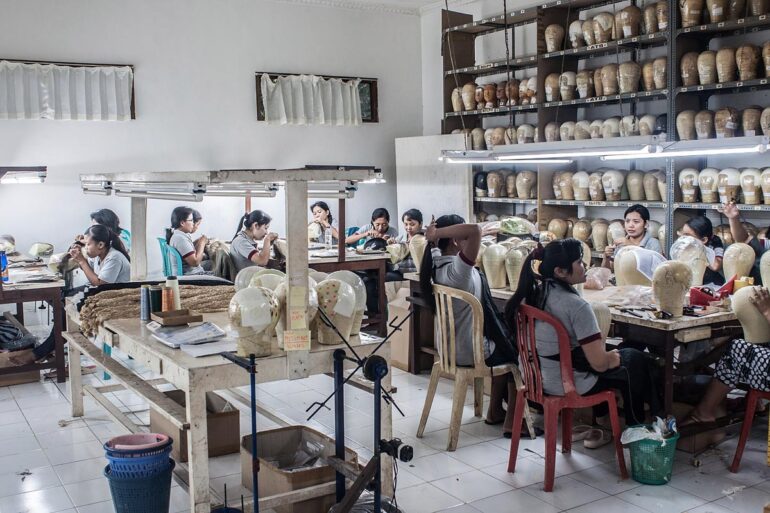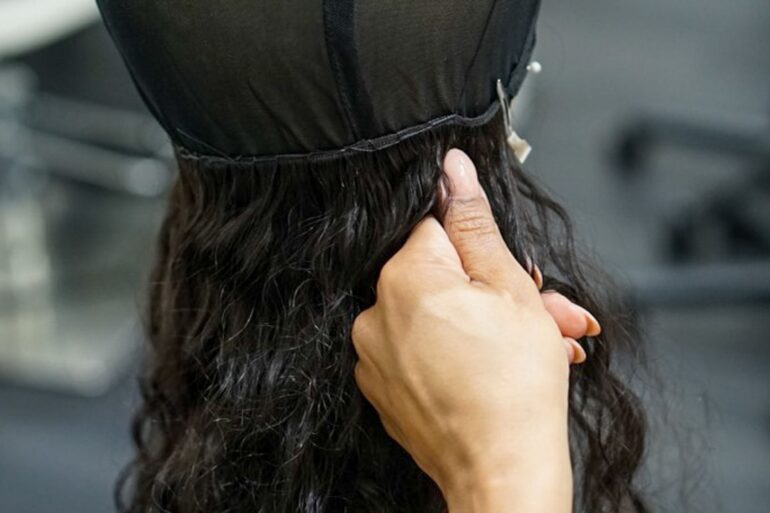Wigs have been a popular way to enhance one’s appearance for centuries, and today they remain an essential accessory for many people. Whether for medical or cosmetic purposes, they come in a wide variety of styles, colors, and textures, making them an excellent option for anyone looking to change their hair without the commitment of a haircut or hair dye.
However, their production requires specialized materials and tools, which we will discuss in detail in this article.
Materials Used in Its Production:

Human Hair:
The most common material used in wig production is human hair. Its quality can vary depending on its origin, with the best quality hair coming from Europe and Asia. These wigs are known for their realistic look and feel, but they can be expensive due to the high demand for quality hair.
Synthetic Hair:
Synthetic hair is more affordable and is made from a variety of synthetic fibers. These wigs come in a wide range of colors, textures, and styles and can be a great option for anyone on a budget.
Lace:
Lace is a popular material used in the production of wigs because it creates a natural-looking hairline. Lace can be made from either synthetic or natural materials and can be used to create a variety of wig styles.
Mesh:
Mesh is used to create the cap of a wig, which holds the hair in place. Mesh can be made from a variety of materials, including nylon and polyester, and comes in different thicknesses to create different styles.
Tools Used in Its Production:
Wig Cap:
This is the foundation of the wig and is made from mesh. The cap is custom-fitted to the wearer’s head to ensure a comfortable and secure fit.

Ventilating Needle:
The ventilating needle is used to create the hairline of the wig by knotting individual strands of hair onto the mesh cap. Ventilating needles come in different sizes and are made from a variety of materials, including steel and gold.
Wig Block:
This is used to shape the wig cap during the production process. It is made from foam or cork and comes in different sizes to fit different head shapes.
Mannequin Head:
A mannequin head is used to hold the wig in place while it is being styled. The mannequin head is made from a variety of materials, including plastic and foam, and comes in different sizes and shapes.
Hair Products:
Various hair products are used to style and maintain wigs. These include hair spray, styling gel, and conditioner, among others. It’s essential to use the right products for the specific material to ensure that it lasts as long as possible.

Conclusion:
In conclusion, the production of wigs requires specialized materials and tools. When making them, it’s crucial to use the right materials and tools to ensure the final product is of high quality and meets the customer’s expectations.
They are a fantastic way to change your hairstyle without the commitment of a permanent change, and with the right materials and tools, anyone can make a wig that looks and feels great.
